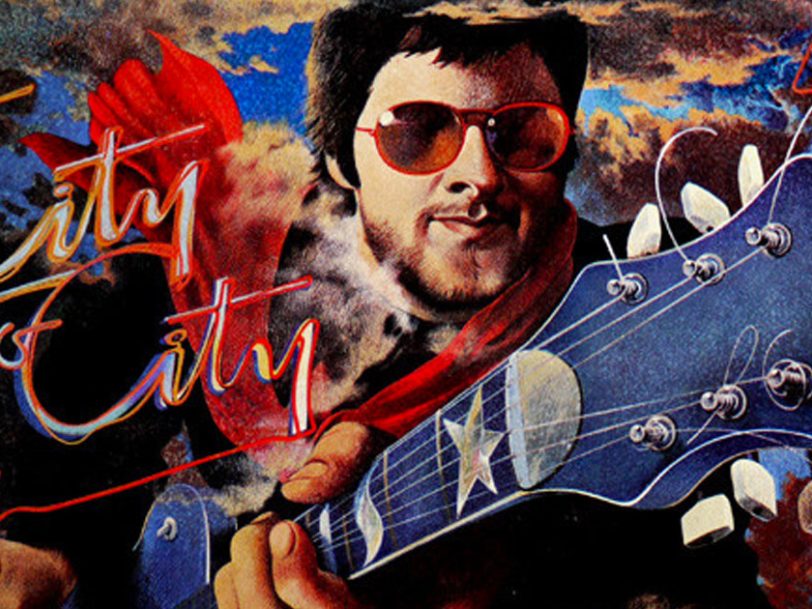Despite being clear about his reluctance to travel, it came as something of a shock to Rafferty’s management when the singer refused to embark on a US tour in support of City To City. From Rafferty’s perspective, however, he didn’t enjoy being away from his family; in fact, Rafferty had an uneasy relationship with fame, and had little patience with the vagaries of the music business. “To be a ‘star’ in inverted commas – that is probably the last thing I want,” he told Rolling Stone.
With a different kind of trek in mind, Island captures Rafferty’s laidback and carefree attitude, as he sings, to an uplifting chorus of “sha-la-la”s, of how he prefers to spend time with his lover. Rounding off City To City superbly, Waiting For The Day picks up the pace, bounding along to a pop-rock groove over which Rafferty once again expresses his wish to cherish each moment, before Hugh Burns caps off the mood with an incendiary guitar solo. The song cemented City To City as a triumph that – despite his aversion to the celebrity lifestyle – would make Gerry Rafferty a household name.
The release: “I remember thinking I’d be pleased if ‘City To City’ sold 50,000 copies…”
Surprisingly, Rafferty had modest expectations for City To City. “I knew I’d written a good bunch of songs,” he admitted. “I remember thinking I’d be pleased if City To City sold 50,000 copies.” As it happened, he was way off. Released on 20 January 1978, the album would go on to sell an astonishing 5.5 million copies worldwide, and quickly became an international phenomenon.
If Rafferty had opted to tour the record in the US he might even have become the most successful British songwriter since Elton John. However, the choice he made was the right one for him personally. “Bob Dylan once said that fame was a curse,” Rafferty later said. “I think that, from an early stage in my career, I was aware there were many, many pitfalls of so-called celebrity.”
While the ahead-of-its-time production on Baker Street, in particular, would go on to inspire a legion of 80s yacht-rockers, Rafferty embraced the role of the outsider artist, choosing instead to release music for his own pleasure alone. “Once you have entered into that [celebrity] world you can no longer be the observer in life,” he said. “And I have always valued that highly.” While City To City became his best-selling album, its success won Rafferty the artistic freedom and independence he sorely desired. In the end, that’s what matters most.




